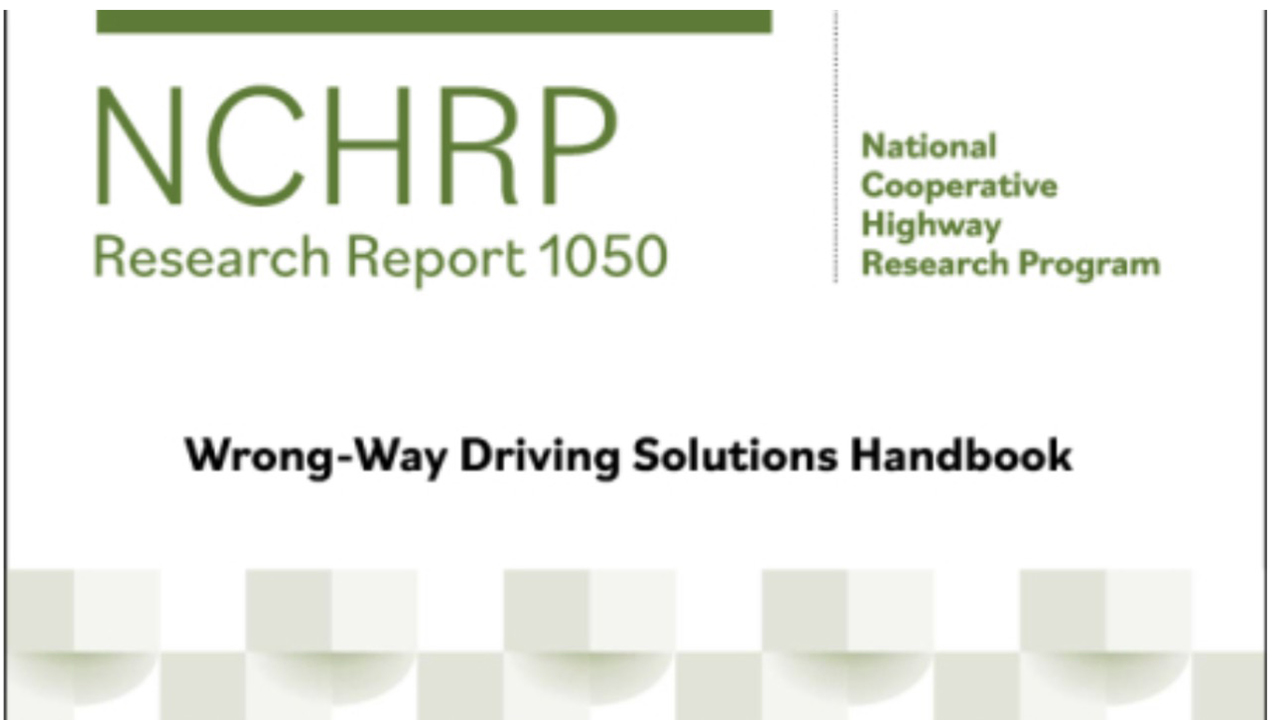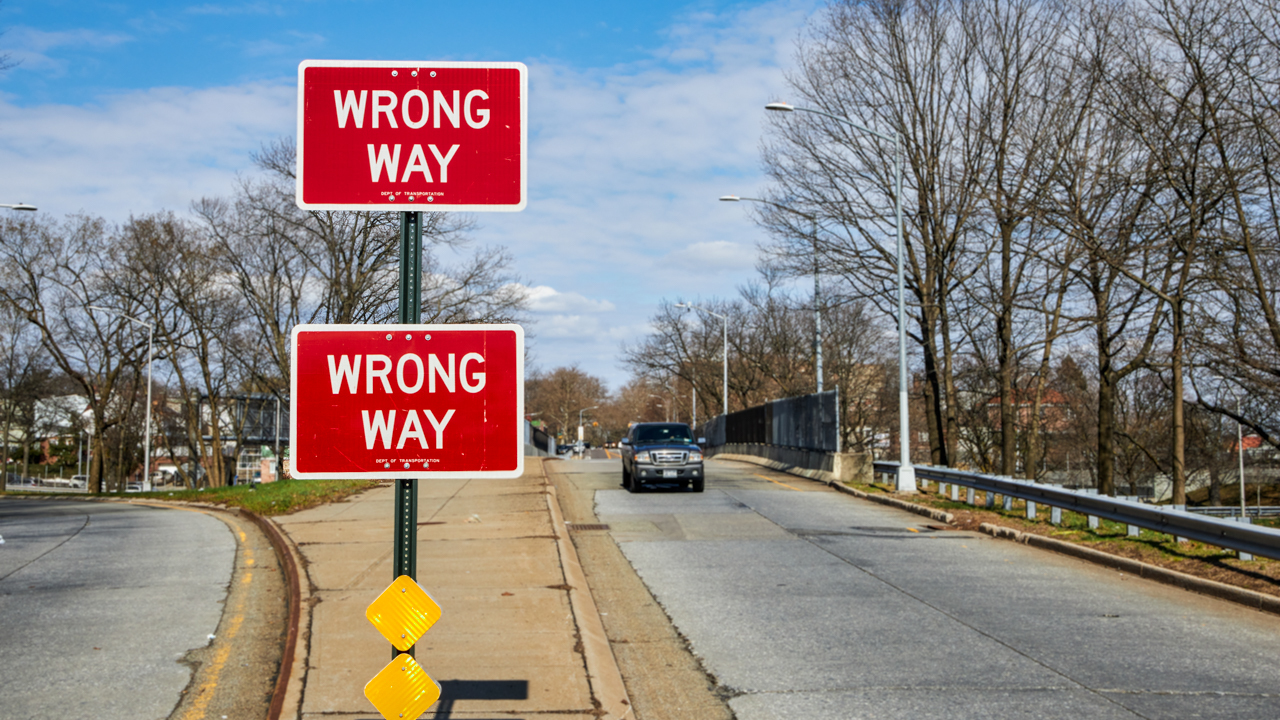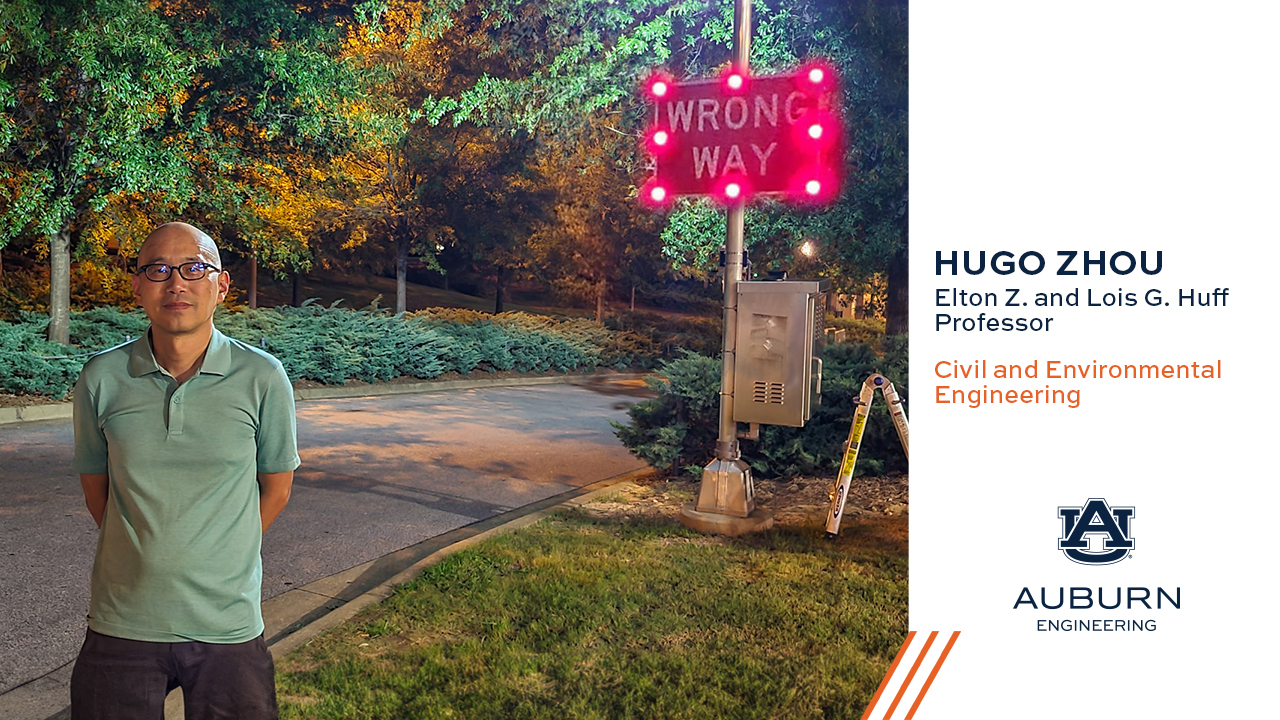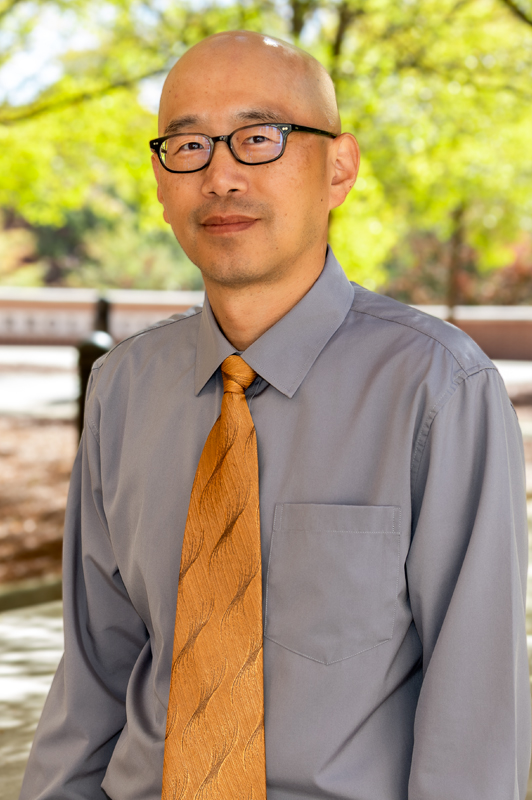Civil and Environmental Engineering professor co-authors national wrong way driving solution handbook
Published: Oct 3, 2023 2:00 PM
By Dustin Duncan
Nearly 400 people are killed in wrong-way driving crashes annually, according to the Federal Highway Administration,
Huaguo Zhou, the Elton Z. and Lois G. Huff Professor of civil and environmental engineering at Auburn University, co-authored a handbook aimed at helping state Department of Transportation offices reduce the risk of wrong-way driving crashes.
The "Wrong-Way Driving Solutions Handbook," released in August, will be distributed to all 50 state Department of Transportation offices. Zhou said the handbook is the first to target reducing wrong-way driving crashes.

Zhou’s work to publish this handbook started in 2019 when he was named principal investigator for a $600,000, 30-month project. He led a team of researchers from Auburn, the University of South Florida, Rowan University and Arora and Associates. The Transportation Research Board's National Cooperative Highway Research Program awarded the project.
Zhou might have started working on the wrong-way driving handbook in 2019 but he’s been researching wrong-way crashes for several years. It all started more than a decade ago with the Illinois Department of Transportation asking him to investigate wrong-way crashes in Illinois.
“This is a safety issue that has been there for a long time, but hasn’t been addressed properly,” Zhou said.
Zhou’s work in Illinois led to a statewide improvement on wrong-way signage on interstate off-ramps. He then took his research to workshops throughout the country to help states with similar problems. After being hired by Auburn University in 2013, he was funded to do a statewide study for wrong-way crashes by the Alabama Department of Transportation (ALDOT), California Department of Transportation (Caltrans), American Traffic Safety Service Association and University Transportation Centers.
The multi-state grant led to the implementation of directional rumble strips, producing high-vibration sounds on off-ramps to alert motorists traveling the wrong way. Furthermore, Zhou's efforts led to the transformation of several interchanges and the development of training materials for ALDOT.
“Most times, the problem with wrong-way crashes is human error,” Zhou said. “While the national average is about 400 people killed per year on the freeway, about 50% to 60% of those is impaired driving.”
The Wrong-Way Driving Solutions Handbook has the potential to bring wrong-way crashes closer in alignment with other transportation accidents. Zhou pointed out that railway crossing fatalities are comparable to wrong-way crashes. However, every transportation department in the United States has a dedicated office for railway crossing accidents.
“They do improvements just about every year for railway crossings and monitor each crash. ALDOT spends $5 million a year to improve them,” Zhou said. “That budget is necessary to make those improvements. However, wrong-way driving and subsequent investigations receive no dedicated funding each year — even though fatalities are similar.”

Zhou said states will need to take the handbook and make policy changes based on recommendations. He adds that states need to appropriate funds to establish a wrong-way driving monitor program.
“It’s not going to change overnight or in the next year, but if you can fix one location, it may reduce one crash. Then, because that one location has been fixed, it may save a few lives over the next five to ten years,” Zhou said.
One tactic to prevent wrong-way driving is the creation of physical barriers, while another approach involves the implementation of new technology. On Heisman Drive within Auburn's campus, Zhou supervised the installation of a wrong-way alert system that triggers bright red LED lights when it detects a vehicle moving in the wrong direction. He noted that this system has detected several hundred instances of wrong-way driving.
Media Contact: , dzd0065@auburn.edu,

Huaguo Zhou, the Elton Z. and Lois G. Huff Professor of civil and environmental engineering at Auburn University, co-authored a handbook aimed at helping state Department of Transportation offices reduce the risk of wrong-way driving crashes. On Heisman Drive within Auburn's campus, Zhou supervised the installation of a wrong-way alert system that triggers bright red LED lights when it detects a vehicle moving in the wrong direction. He noted that this system has detected several hundred instances of wrong-way driving.


